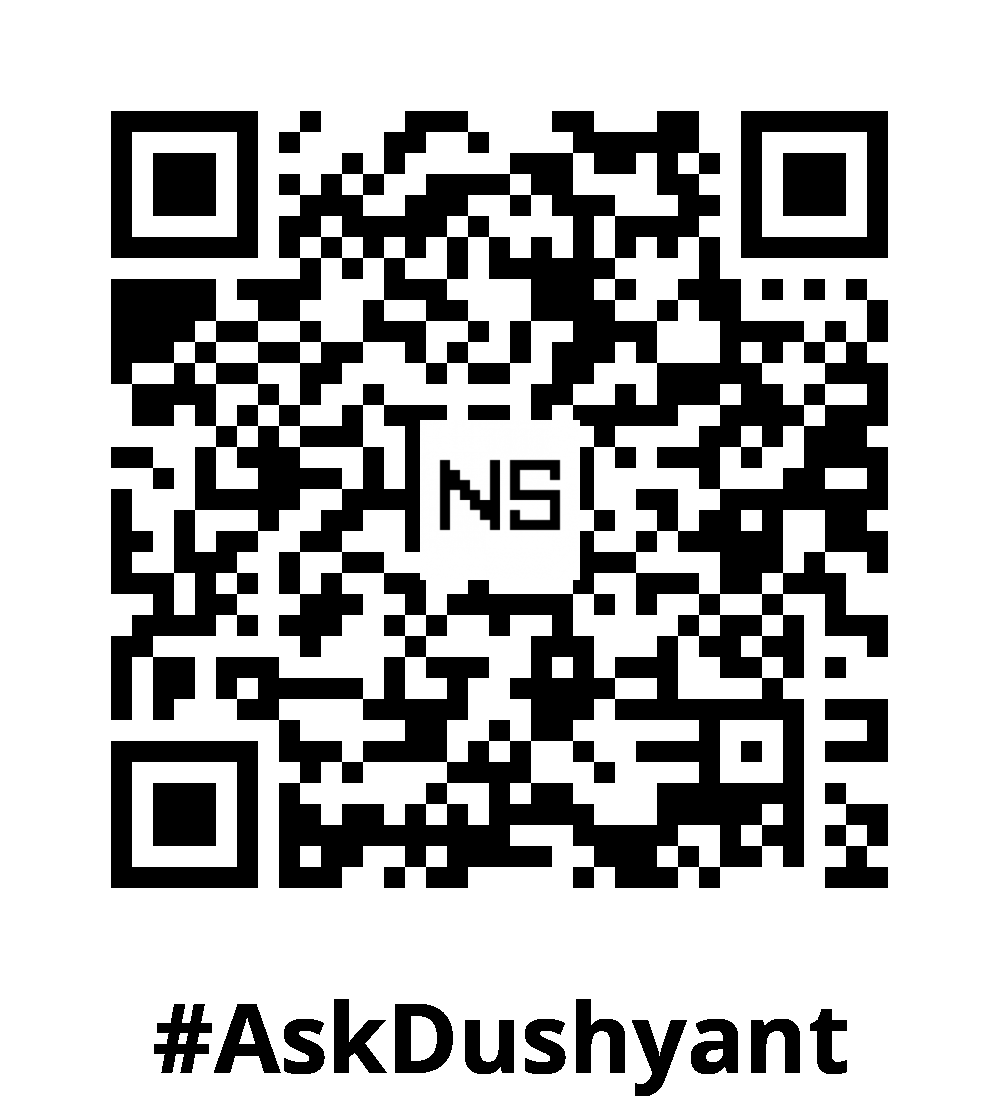Drawing on my 18 years of experience in the tech industry, I’ve encountered numerous situations where applications failed in production, even after test cases passed. This happens when test cases don’t account for varied data. That’s why Data-Driven Testing is critical to making enterprise applications more robust. Data-driven testing (DDT) is a powerful and efficient approach that enables you to execute the same test scenario with multiple sets of input data. This methodology not only enhances test coverage but also streamlines the testing process, making it an essential strategy for validating applications against various conditions. In this comprehensive guide, we’ll explore how to implement data-driven testing using popular frameworks: TestNG (Java), PyTest (Python), and JUnit (Java).
What is Data-Driven Testing?
Data-driven testing separates test logic from test data, allowing you to drive your test cases with external data sources such as CSV files, Excel sheets, or databases. By using this method, you can avoid hardcoding input values in your scripts, thereby improving maintainability and reducing redundancy.
Benefits of Data-Driven Testing
- Enhanced Test Coverage: Execute tests across diverse input sets to cover various scenarios.
- Reduced Code Duplication: Write the test logic once and reuse it across different data sets.
- Easier Maintenance: Update test data without changing test scripts, simplifying maintenance.
Implementing Data-Driven Testing
Example 1: Data-Driven Testing with TestNG (Java)
Step 1: Set Up TestNG
To begin using TestNG, ensure you have it installed in your Java project. You can add it via Maven with the following dependency:
<dependency>
<groupId>org.testng</groupId>
<artifactId>testng</artifactId>
<version>7.4.0</version>
<scope>test</scope>
</dependency>Step 2: Create a Test Class
Create a test class that utilizes TestNG’s @DataProvider annotation to supply multiple input sets for a simple login scenario.
LoginTest.java
import org.testng.Assert;
import org.testng.annotations.DataProvider;
import org.testng.annotations.Test;
public class LoginTest {
@DataProvider(name = "loginData")
public Object[][] loginData() {
return new Object[][]{
{"user1", "password1", true},
{"user2", "wrongPassword", false},
{"user3", "password3", true}
};
}
@Test(dataProvider = "loginData")
public void testLogin(String username, String password, boolean expectedOutcome) {
boolean result = login(username, password); // Replace with actual login method
Assert.assertEquals(result, expectedOutcome, "Login test failed for user: " + username);
}
// Simulated login method (replace with actual implementation)
private boolean login(String username, String password) {
return "password1".equals(password) || "password3".equals(password);
}
}Step 3: Run the Test
When you execute this test, TestNG will run the testLogin method for each set of data defined in the loginData data provider.
Example 2: Data-Driven Testing with PyTest (Python)
Step 1: Set Up PyTest
Install PyTest in your Python environment using pip:
pip install pytestStep 2: Create a Test Function
Leverage the @pytest.mark.parametrize decorator to pass multiple sets of input data to a test function.
test_login.py
import pytest
@pytest.mark.parametrize("username, password, expected", [
("user1", "password1", True),
("user2", "wrongPassword", False),
("user3", "password3", True)
])
def test_login(username, password, expected):
result = login(username, password) # Replace with actual login method
assert result == expected, f"Login test failed for user: {username}"
# Simulated login method (replace with actual implementation)
def login(username, password):
return password in ["password1", "password3"]Step 3: Run the Test
Run the tests using the command:
pytest test_login.pyExample 3: Data-Driven Testing with JUnit (Java)
Step 1: Set Up JUnit
Add JUnit to your project dependencies:
<dependency>
<groupId>junit</groupId>
<artifactId>junit</artifactId>
<version>4.13.2</version>
<scope>test</scope>
</dependency>Step 2: Create a Test Class
Utilize the @RunWith(Parameterized.class) annotation to implement data-driven tests.
LoginTest.java
import org.junit.Assert;
import org.junit.Test;
import org.junit.runner.RunWith;
import org.junit.runners.Parameterized;
import java.util.Arrays;
import java.util.Collection;
@RunWith(Parameterized.class)
public class LoginTest {
private String username;
private String password;
private boolean expected;
public LoginTest(String username, String password, boolean expected) {
this.username = username;
this.password = password;
this.expected = expected;
}
@Parameterized.Parameters
public static Collection<Object[]> data() {
return Arrays.asList(new Object[][]{
{"user1", "password1", true},
{"user2", "wrongPassword", false},
{"user3", "password3", true}
});
}
@Test
public void testLogin() {
boolean result = login(username, password); // Replace with actual login method
Assert.assertEquals("Login test failed for user: " + username, expected, result);
}
// Simulated login method (replace with actual implementation)
private boolean login(String username, String password) {
return "password1".equals(password) || "password3".equals(password);
}
}Step 3: Run the Test
Run this JUnit test within your IDE or via command line as you would with any JUnit test.
My TechAdvice: Data-driven testing is a crucial methodology that empowers your testing strategy by allowing the execution of the same test with varying input data. This approach increases test coverage and reduces redundancy, ultimately leading to higher quality software. Start incorporating data-driven testing into enterprise projects today to ensure your applications meet a wide array of user scenarios. Embrace this powerful technique and witness the improvement in your testing workflows !
#AskDushyant
#TechConcept #TechAdvice #Testing #SoftwareTesting #DDT
Note: The example and pseudo code is for illustration only. You must modify and experiment with the concept to meet your specific needs.


Leave a Reply